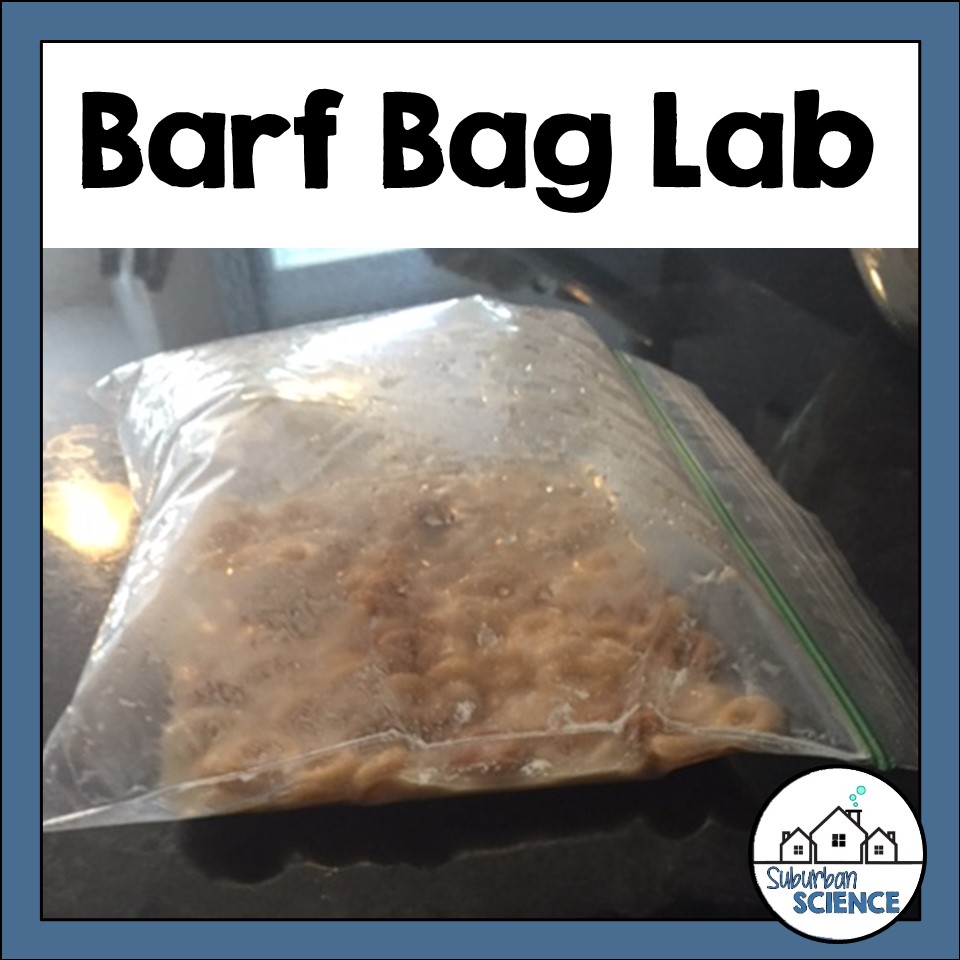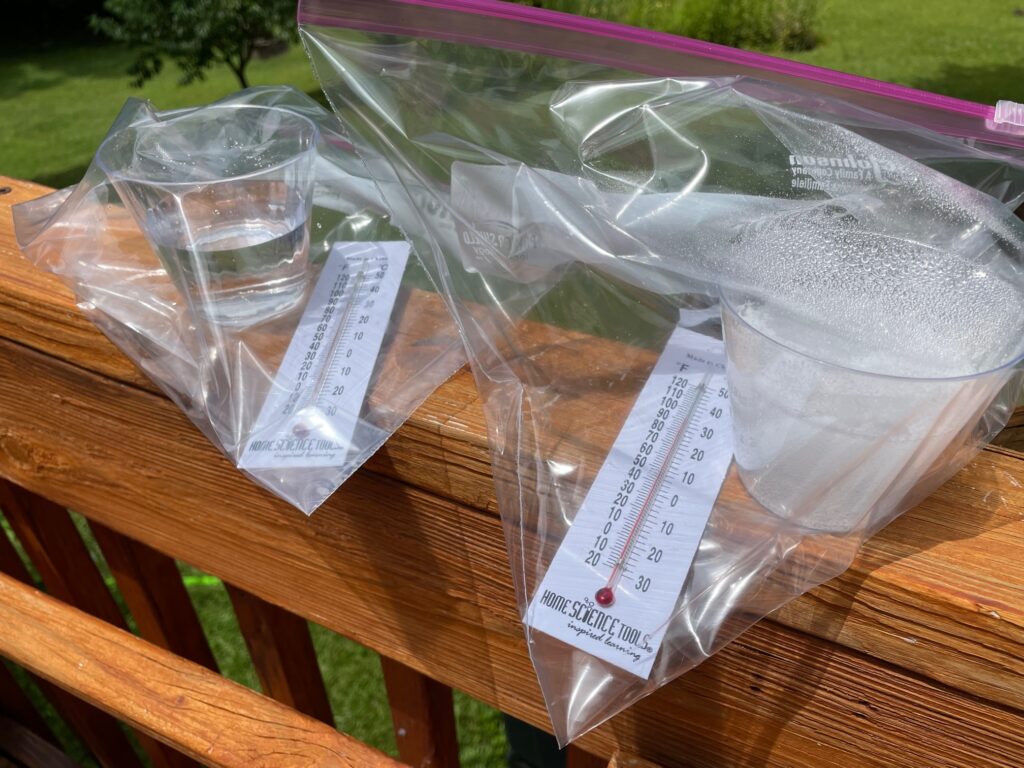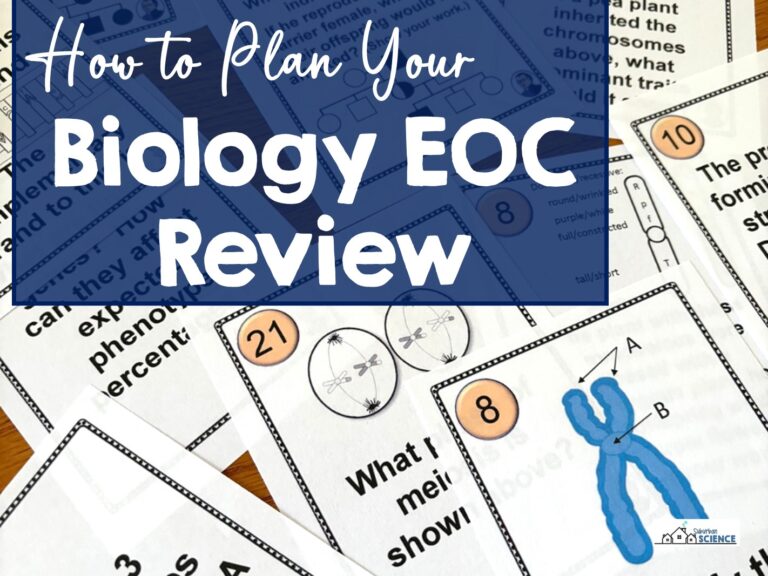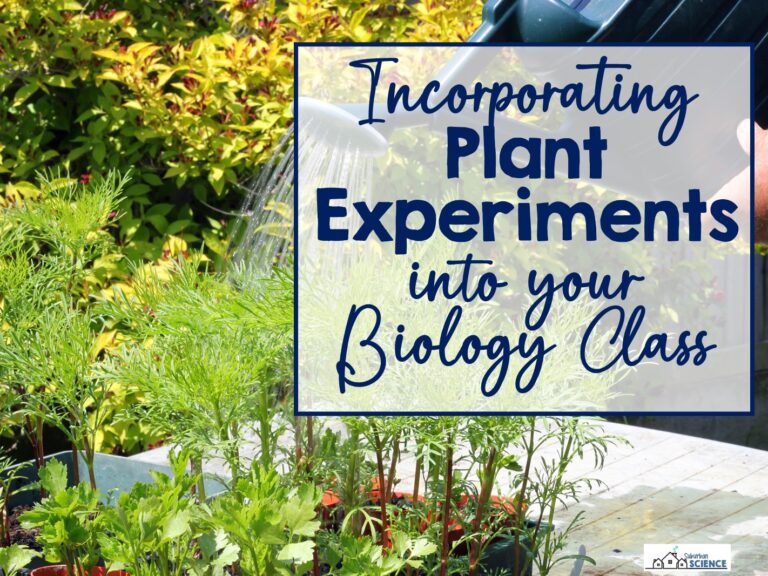What better way to learn about life’s mysteries than through exciting and fun biology experiments? High school is the perfect time to delve deeper into the world of biology, and I’ve gathered seven fun and educational experiments that will ignite your students’ curiosity and make biology come alive. So, roll up your sleeves, put on your lab coat, and let’s dive into these fun biology experiments!
1. Barf Bag Lab
Topics: cellular respiration, alcoholic fermentation, cellular energy
Photosynthesis and cellular respiration are difficult concepts for students to grasp because they involve molecular interactions that can’t be seen. Bringing these reactions into an observable format is essential for students to comprehend them. Barf bags do just that.
Not only does the name “Barf Bag Lab” catch their attention, but the reaction itself is just gross enough to be quite memorable. Using yeast to demonstrate alcoholic fermentation, students crush sugary cereal to provide a source of glucose. As the bag expands, it may ultimately “barf” its contents onto the lab table. This lab is a great use of scientific processes because variables can be manipulated by changing the type of cereal used. Grab a free Barf Bag Lab Activity from my online store or see more cellular respiration lab experiments in this post.
2. Osmosis Egg Experiment
Topics: semipermeable cell membranes, osmosis, hypertonic, hypotonic, homeostasis
This classic lab provides another opportunity for students to observe the effects of cellular processes that would otherwise be difficult to see. Unlike the previous lab, however, this one involves a little bit of teacher prep work.
By soaking eggs in vinegar for a few days, the shells become soft and can be washed away with a little water. What remains is a semipermeable cell membrane that is easily observed. By deshelling a few eggs, the cell’s response to a variety of solute concentrations can be illustrated. If you’re interested in incorporating this classic experiment into your course, this egg osmosis lab has been vetted by hundreds of high school Biology teachers.
3. Cell Size Diffusion Lab
Topics: cell size, diffusion, cell membrane, surface area to volume ratio
This is a lab that I use as the first of lesson plan in my cell cycle unit, but it also makes a great diffusion lab. I prefer to do this experiment as a demonstration because it involves bleach and knives, which can be a safety hazard in a high school Biology classroom.
By cutting cubes of fresh beets into different sizes, students can practice calculating surface area and volume, which is a skill that helps them understand the necessity of a cell membrane for the diffusion of substances. Each beet cube is then soaked in bleach and students can observe the percentage of the cube’s volume that is reached by the bleach. The visual component of this lab is a great way for students to comprehend the need for efficient nutrient absorption and the reason for cell division.
4. Extracting DNA from Strawberries
Topics: cell structure, DNA, nucleus, cell membrane, histones
This is another classic lab, but one that just can’t be skipped! With a few household ingredients, students can extract long strings of DNA from the nuclei of strawberry cells and scoop it up with a toothpick or skewer. If you want, the DNA can even be preserved in alcohol as a biology souvenir!
At the beginning of my teaching career, I used the split pea extraction lab from Learn Genetics. It’s still a solid lab, but I’ve come to prefer using strawberries over other DNA sources for two reasons: 1) Strawberries are triploid, so the amount of DNA extracted from them is greater and 2) They are easy to smush. Split pea extraction requires a blender to break the cell walls. Since blenders aren’t readily available for every student, it necessitates a demonstration rather than a lab. Some teachers have found success with wheat germ as a DNA source, as well. You can watch a video demonstration of strawberry DNA extraction on my YouTube channel.
5. Natural Selection Lab
Topics: natural selection, mutation, genetic variation, fitness, antibiotic resistance
It’s tough to find labs for natural selection and evolution because these processes usually have to be simulated rather than observed. One of the most popular natural selection labs is the bird beak activity. Students use a variety of materials to simulate finch beaks and learn how beak adaptations cause different species to show niche separation.
Another one of my favorite evolution simulations is a natural selection lab using various household items to simulate antibiotics and bacteria. Antibiotic resistance is a great topic to incorporate into an evolution unit because it is highly relevant to students. Using a variety of pasta shapes to simulate different bacterial species, students use tools like toothpicks and clothespins to act as antibiotics “killing” the bacterial cells. Mutant bacterial cells aren’t able to be picked up by the tools, allowing these new species to flourish as antibiotic-resistant strains. Looking for more evolution labs? Check out my plant cladogram freebie in this post.
6. Candy Radiometric Dating Lab
Topics: fossils, carbon dating, radiometric dating, isotopes, half-life
Using candy is a go-to in my high school courses because it keeps students interested! There are other supplies that can be used for this radiometric dating lab activity, but candy is always well-received in my classes.
Students begin with a designated number of candies with letters on one side (like Skittles, M&Ms, etc) and they shake the candies in a box or bag to simulate radioactive decay. Candies that have flipped represent the daughter atoms. By repeating the shaking and counting of flipped candies, students can create a graph showing the radioactive decay of an isotope. This easily leads to a discussion of half-lives and the radiometric dating of fossils.
7. Greenhouse Effect Experiment
Topics: greenhouse gases, climate change, fossil fuels, carbon dioxide emissions
The greenhouse effect is easy enough to illustrate. Here’s a quick greenhouse effect simulation, if students aren’t familiar. They have likely also observed the greenhouse effect in their own car or a local greenhouse. The effects of carbon dioxide emissions on the greenhouse effect, however, is not something students readily observe. That’s why this simple lab is so clever. Students set up two plastic zipper bags with a cup of water and a thermometer in each bag. Antacid tablets are added to one cup, producing carbon dioxide within that bag. Students then monitor the difference in temperature over a 30-minute period to see how carbon dioxide intensifies the greenhouse effect. For full instructions on this lab including background reading, student instructions, data tables, and comprehension questions, grab this Greenhouse Effect Experiment.
These fun biology experiments will help your students grasp fundamental concepts and nurture their scientific curiosity. Pick one you haven’t tried, gather your lab equipment, and get going!











